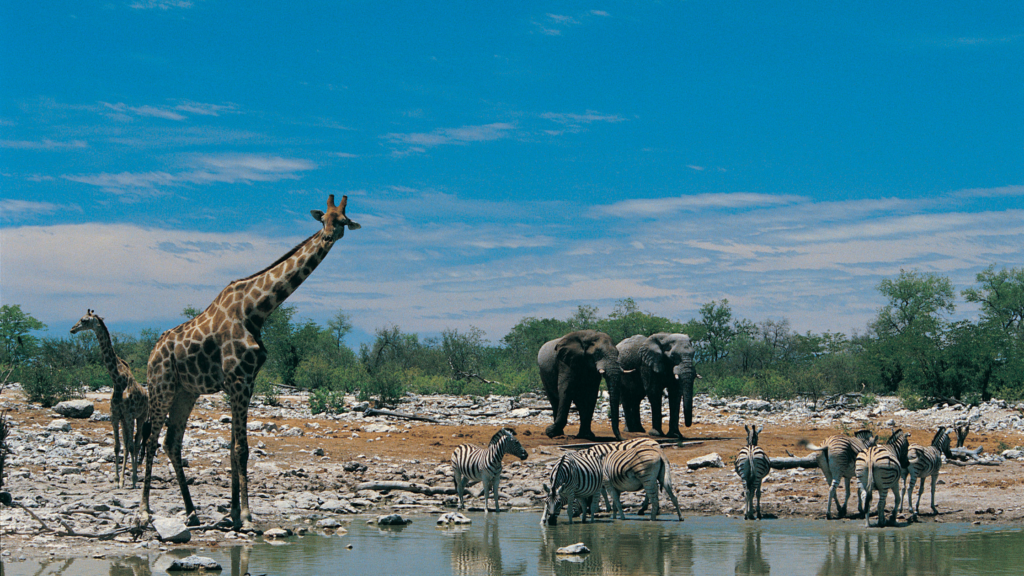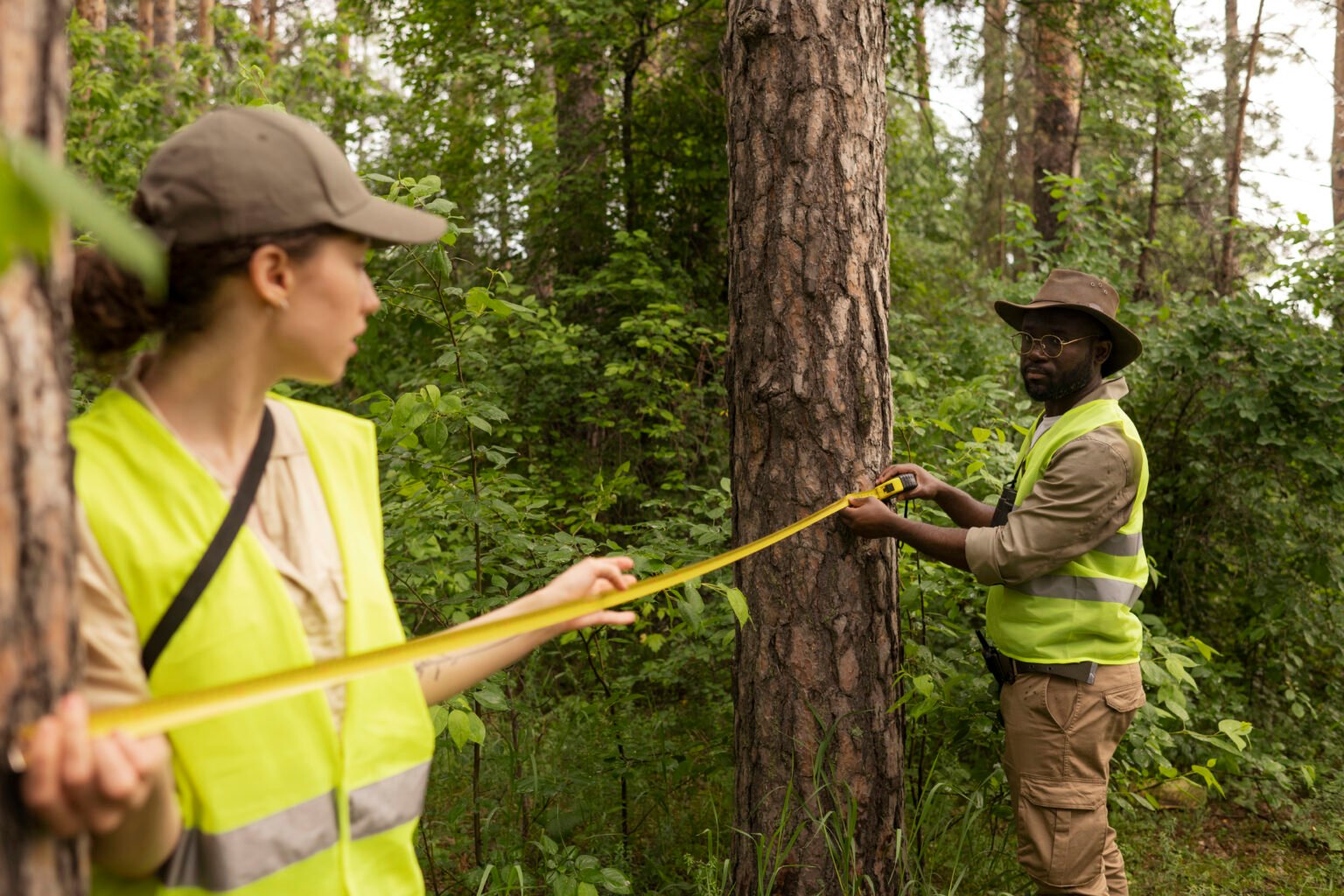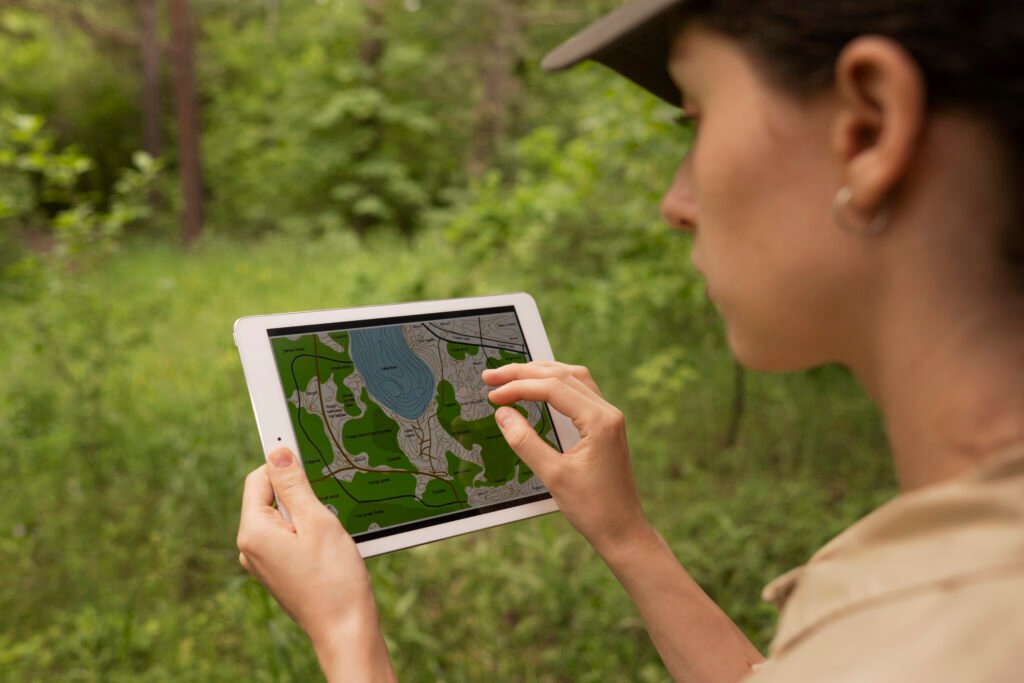When we think about biodiversity, our minds wander to lush rainforests or vibrant coral reefs teeming with life. But how is biodiversity measured, and why is it so critical to our planet’s health?
As we analyze various metrics used to quantify biodiversity, it’s clear that understanding these measures can illuminate the complexities of ecosystems and guide conservation efforts.
Just hook up as I share my insights and opinions on the methodologies used to capture the rich tapestry of life on Earth.
- Defining Biodiversity and Its Importance
- Species Richness as a Fundamental Metric
- The Role of Species Evenness in Measuring Diversity
- Genetic Diversity: The Backbone of Species Adaptability
- Ecosystem Diversity and the Variety of Habitats
- Integrating Remote Sensing and Technology
- The Challenges and Future Directions in Biodiversity Measurement
Defining Biodiversity and Its Importance
Biodiversity is an incredibly multifaceted concept that encompasses not just the variety of species, but also the ecosystems and genetic variations they represent.
When I think about biodiversity, I see it as the intricate web that holds our natural world together. It’s more than just the number of species; it’s about the relationships and interactions between them. These interactions contribute to ecosystem resilience, which is essential for adapting to environmental changes and disturbances.
Biodiversity is crucial because it underpins the health of our planet. Ecosystems rich in biodiversity are often more productive and stable, providing essential services like clean air and water, pollination of plants, and fertile soil. These services are the backbone of our agricultural systems and, by extension, our food security.
Moreover, biodiversity has intrinsic value. Every species, no matter how small or seemingly insignificant, plays a role in the larger ecological puzzle. Genetic diversity within species is another vital aspect, allowing populations to adapt to changing conditions and resist diseases. This adaptability is particularly important as we face the twin challenges of climate change and habitat loss.
In essence, maintaining biodiversity isn’t just about conserving individual species; it’s about preserving the complex and dynamic systems that sustain life on Earth.
Species Richness as a Fundamental Metric
When discussing biodiversity, one of the initial metrics that come to mind is species richness. In essence, species richness is the count of different species present in a given area. In my opinion, this metric is straightforward and provides a quick snapshot of an ecosystem’s diversity. I find it particularly useful when trying to gauge the biodiversity of an unfamiliar region for the first time.
However, while species richness offers a headcount, it lacks depth in understanding the dynamics within the ecosystem. For instance, an area might boast a high number of species, but if a few species dominate while others are barely represented, the ecosystem might not be as healthy as the numbers suggest. This is a crucial consideration that I’ve learned through various field studies.
Despite its limitations, species richness remains a valuable starting point for biodiversity assessments. It serves as an essential indicator for identifying regions that require conservation efforts, especially those with numerous endangered or endemic species. Moreover, combining species richness with other metrics, like species evenness, can provide a more holistic view of biodiversity, allowing us to make more informed decisions in our conservation strategies.

The Role of Species Evenness in Measuring Diversity
When measuring biodiversity, species evenness is an essential metric that often complements species richness. While species richness tells us how many different species are present in an area, species evenness provides insight into how these species are distributed.
I believe, understanding species evenness is crucial because it reveals the balance within an ecosystem. A highly even ecosystem suggests that resources are equitably shared among species, which typically indicates a healthier and more resilient environment.
As a fact, ecosystems with high species evenness tend to be more stable and productive. This balance prevents any one species from becoming overly dominant, which can lead to the depletion of resources and the eventual decline of less competitive species. For instance, in a balanced forest ecosystem, a variety of trees, plants, and animals coexist in harmony, each playing a role in maintaining the ecological equilibrium.
Moreover, species evenness can be particularly insightful when assessing the impact of human activities on biodiversity. Areas affected by pollution, deforestation, or climate change often show reduced species evenness, signaling a stressed or declining ecosystem.
By monitoring species evenness alongside other metrics, we can gain a more comprehensive understanding of an ecosystem’s health and take informed actions to preserve and restore biodiversity. This multifaceted approach is vital for effective conservation and sustainability efforts.
Genetic Diversity: The Backbone of Species Adaptability
Genetic diversity plays a critical role in enabling species to adapt to changing environments and resist diseases. This aspect of biodiversity often goes unnoticed, yet it’s foundational for the long-term survival of species.
Recent advancements have allowed scientists to use remote sensing technologies to estimate landscape connectivity and genetic flow. For instance, remote sensing-based connectivity networks have been used to estimate landscape connectivity and genetic flow, showcasing their potential in understanding genetic diversity. These technologies provide a broader and more precise picture of how genetic materials move across landscapes, aiding conservation strategies.
From my perspective, the integration of these advanced methods highlights the crucial importance of maintaining genetic diversity. When populations have a rich genetic pool, they are more likely to adapt to environmental stresses like climate change and habitat fragmentation. This adaptability is essential, especially in the face of rapid ecological changes.
In my fieldwork, I’ve seen how genetic diversity can make the difference between a thriving population and one that’s struggling to survive. As we continue to refine these technological tools, our ability to protect and promote genetic diversity will become even more effective, ensuring that species are equipped to face future challenges.
Ecosystem Diversity and the Variety of Habitats
Ecosystem diversity refers to the variety of ecosystems within a region and their complex interactions. This diversity is vital because it supports a wide range of species and contributes to ecological stability.
Tools like Rao’s Q index have proven effective in how is biodiversity measured in a given area. For example, in montado areas with variable tree density, Rao’s Q index effectively highlights spatial diversity gradients. Additionally, a case study in southern Portugal showed that Rao’s Q index produced more accurate landscape diversity maps compared to other methods, such as Shannon’s entropy, in a complex agro-forestry landscape. Such tools are invaluable for identifying and conserving diverse habitats.
By analyzing ecosystem diversity, we gain insights into how different habitats interact and support various species. This helps us understand the underlying structure of biodiversity and pinpoint areas that are particularly rich or vulnerable.
It’s also a fact that focusing on ecosystem diversity allows for more comprehensive conservation efforts, ensuring that we protect not just individual species but the habitats that sustain them. As we continue to refine our methods, tools like Rao’s Q index will remain crucial in our quest to preserve the intricate mosaic of life on our planet.
Integrating Remote Sensing and Technology
Integrating remote sensing and technology has fundamentally transformed how we measure biodiversity. By using satellite imagery and advanced tools, we can now assess biodiversity on a much larger scale with greater precision.
Substituting spatial distance with spectral distance has been shown to be effective in accounting for environmental space in β-diversity measurements. This method for measurement of biodiversity allows for more nuanced insights into how species and ecosystems interact over vast areas.
In my experience, clustering properly pre-processed spectral information enhances the accuracy of biodiversity assessments. As noted by researchers like Féret and Asner, “Clustering (properly pre-processed) spectral information should result in pixels from the same species naturally grouping together rather than distributing randomly among clusters.”. This approach makes it possible to identify species and their distributions more reliably.
Through these technological advances, we are better equipped to capture the intricate patterns of biodiversity across different regions, thereby informing and improving our conservation efforts.
The Challenges and Future Directions in Biodiversity Measurement
Measuring biodiversity presents numerous challenges that we’ve yet to fully overcome. One major hurdle is the variability in data collection methods. Different researchers and organizations often use disparate techniques, making it difficult to compare and synthesize findings. This lack of standardization hampers our ability to form a cohesive understanding of biodiversity trends.
Another significant challenge is the sheer complexity of ecosystems. The intricate relationships between species, genetic variability, and environmental factors create a multifaceted puzzle that is hard to piece together. Despite advanced tools and technologies, capturing the full spectrum of biodiversity remains a daunting task.
Looking forward, I believe that international collaborations are essential for overcoming these obstacles. By working together, scientists can develop standardized protocols that ensure data consistency and reliability.
Additionally, technological advancements, such as machine learning and artificial intelligence, hold promise for refining our techniques for biodiversity measurement. These innovations could enable more accurate and comprehensive assessments, offering deeper insights into the state of our planet’s biodiversity.
Moreover, fostering interdisciplinary approaches is crucial. Combining expertise from fields like ecology, genetics, and remote sensing can help us tackle the complexity of ecosystems more effectively.
As we continue to refine our methodologies and expand our collaborative efforts, I’m optimistic that we can enhance our understanding and preservation of the rich tapestry of life on Earth.
Rocchini, D., Luque, S., Pettorelli, N., Bastin, L., Doktor, D., Faedi, N., … & Nagendra, H. (2018). Measuring β‐diversity by remote sensing: A challenge for biodiversity monitoring. Methods in Ecology and Evolution, 9(8), 1787-1798.










